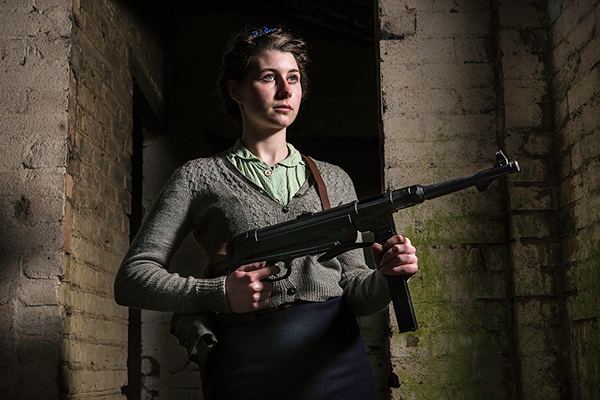While the rebellion went well in central Slovakia, another Slovak army in the east was completely crushed the next day.
One of the fundamental roadblocks to Hitler’s plan for world domination was always the rebelliousness of conquered peoples. Despite his police state, ethnic cleansing, and mass murder, people still refused to bow down to the Nazis.
Resistance movements famously emerged in France and Germany itself, but many have gone almost forgotten in Western history books. One of these often overlooked resistance movements is the Slovak Uprising in 1944.
German Conquest of Czechoslovakia
Slovaks had lived under either Hungary or the Austro-Hungarian Empire for hundreds of years. However, they got something close to independence after WWI when Czechoslovakia was formed by the Treaty of Versailles. Czechoslovakia resembled two countries combined into one, as the Czech people were the majority in the northwestern part of the country, while Slovaks were the majority in the southeastern part.
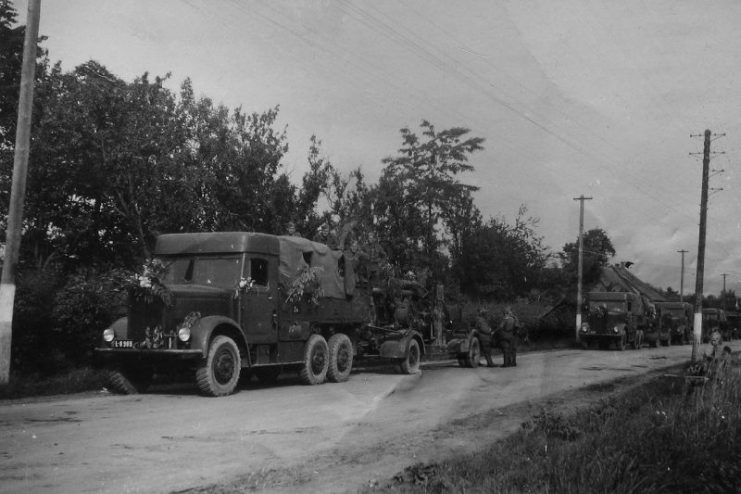
Unfortunately, many European powers supported the doctrine of appeasement after Hitler took power in Germany. As part of this appeasement doctrine, the Sudetenland, part of Czechoslovakia with a large German population, was given to Germany.
Germany then began trying to provoke Czechoslovakia by causing numerous incidents around the border. Although there was little response to these provocations, Germany invaded anyway on March 15, 1941. Czechoslovakia was able to offer little resistance, and soon fell to the Germans.
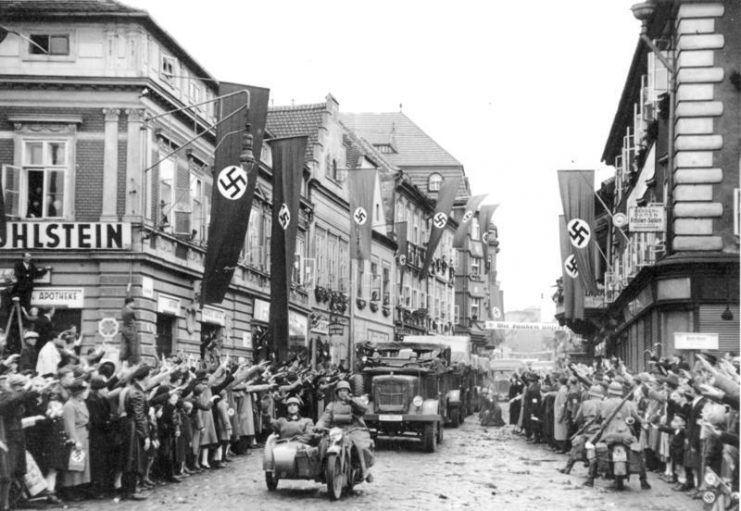
Czechoslovakia was divided into two puppet states by the Germans. Although a government calling itself the “Slovak Republic” had declared independence from Czechoslovakia on March 14, 1941, this was really a collaborationist government that submitted to the Nazi Party from the beginning.
Renewed Resistance
The Slovak Republic was ruled by a collaborationist fascist government under Jozef Tiso. Tiso’s government worked with the Germans by turning over Jews, Roma (Gypsies), and other targeted minorities. About 80% of Slovakia’s Jews were killed, including many who were sent to Auschwitz. Although Hitler and other Nazi leaders openly called for the genocide of Slavic people, which includes Slovaks, any such plans were on hold in Slovakia while the war continued.

Germany attempted to further exploit Slovakia by forming Slovak divisions to send to the Eastern front. However, it immediately became clear that Tiso’s regime did not represent the will of the Slovak people.
Many Slovak divisions simply deserted to the Soviets when they arrived on the Eastern Front. This became such a problem for the Germans that they actually stopped sending Slovaks to the front. Still, by the end of the war more Slovaks were fighting for the Allies than the Axis.
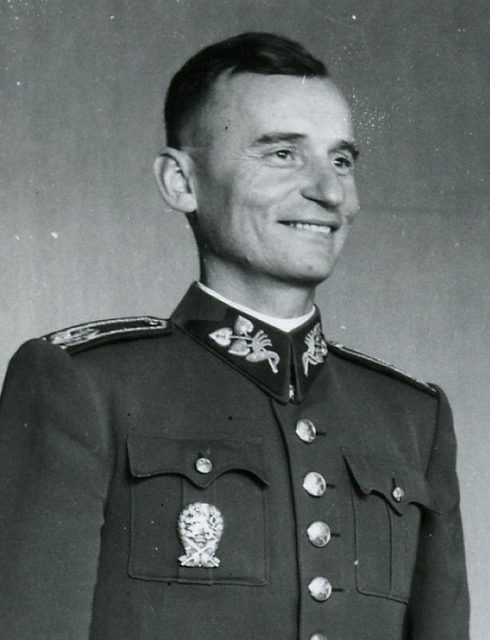
At home, partisan groups sprang up as soon as the German puppet government took power. The Slovak partisans were religiously, ethnically, and ideologically diverse. Men and women fought side by side, as did Jews and Christians.
Most were centrist or center-right members of the Democratic Party, but Social Democrats and even Communists fought together as well. They mostly carried out acts of sabotage, but some had greater plans.
In 1943 partisan groups began to organize the Slovak National Council. They also contacted the Czechoslovakian government in exile, which was in the United Kingdom. By mid-1944, they had organized and were prepared to launch a revolution.
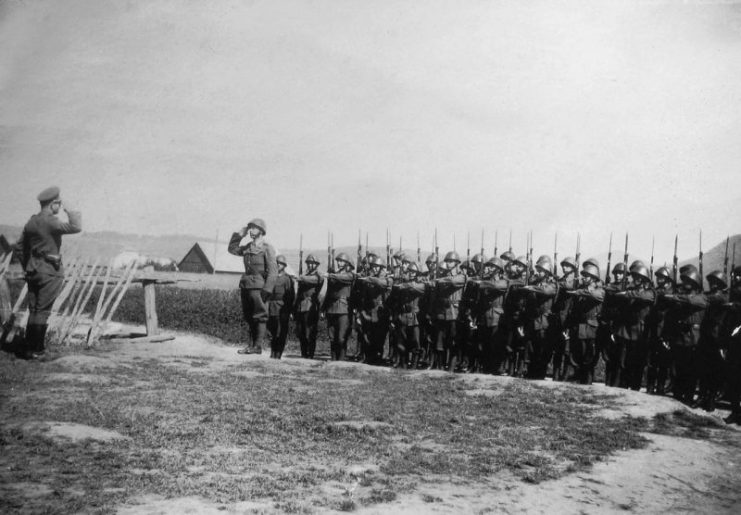
The uprising began when a Jewish group, the Novaky Brigade, managed to rise up within the Novaky Concentration Camp and took it over on August 28. The next day, partisan General Ján Golian gave the order to begin the rebellion. Around 18,000 Slovaks rose up to the fight the Germans. That number increased to possibly as many as 60,000 in September.
The rebels easily took the city of Banská Bystrica in central Slovakia and made it their capital. The rebels set up local assemblies to oversee villages, as well as their own radio stations and newspapers. However, disaster struck almost immediately.
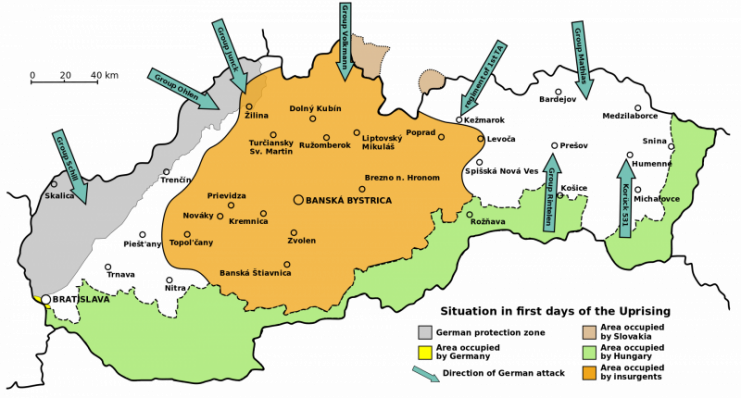
Photo by Pelex – CC BY-SA 3.0
Fall of the Resistance
While the rebellion went well in central Slovakia, another Slovak army in the east was completely crushed the next day. The eastern army had not properly organized, and was taken by surprise by around 40,000 German troops while their general was not present. They were forced to surrender and were disarmed.
The eastern army had been the most well equipped and trained of the Slovak troops. Their goal had been to attack the Germans from behind on the Eastern Front, allowing for a Soviet breakthrough. The remaining forces in central Slovakia knew they could not hold off the German army for long, but they hoped to hold out long enough for the advancing Soviets to push the Germans back.
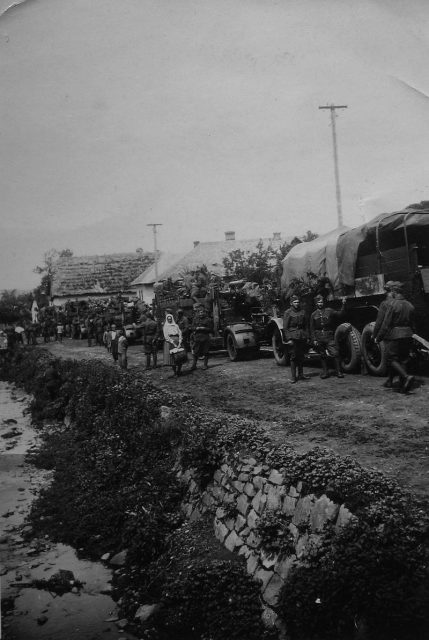
Despite some support from numerous allied nations, including the Soviet Union, the United States, and the United Kingdom, supplies were limited, and the members of the uprising faced an uphill battle. For example, although the Slovaks captured several airfields, they had little ammunition for the captured German planes, so many pilots had to resort to flying outdated biplanes. Despite these challenges the Slovak Insurgent Air Force claimed 40 kills against German aircraft.
The Germans soon began to redirect forces from nearby occupied territories to crush the rebellion. By mid-October they had doubled the size of their occupying force, and began a counter-attack. By the end of the month, the insurgents had been forced back, and many had been captured.
Banská Bystrica fell on October 27. Slovak Generals Golian and Viest ordered their surviving men to disperse and revert to a guerrilla campaign. Both generals were captured and killed soon after.
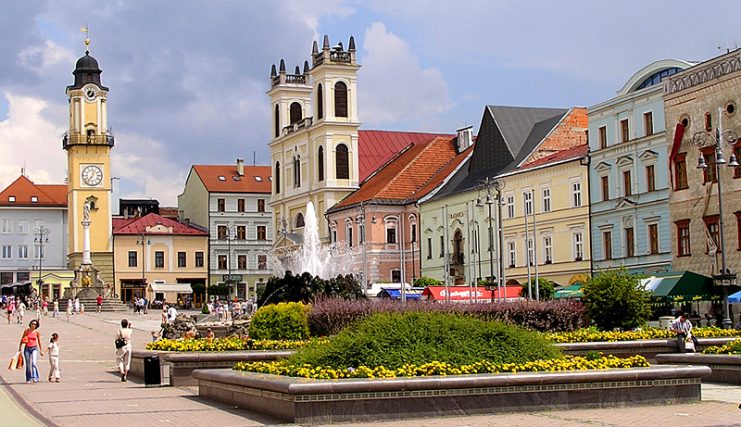
Epilogue
By the time the uprising was forced to disperse, it had inflicted around 10,000 casualties on the Germans. Though the Germans killed around the same number of insurgents during the uprising itself, their retribution after the rebellion was crushed killed thousands more. The most infamous mass killings were the Kremnička and Nemecká massacres, which targeted Jews, Roma, and suspected partisans.
Although the Slovak Uprising ultimately failed, it forced Germany to redirect badly needed men and resources to Slovakia instead of either the Eastern or Western fronts. Even before the uprising was officially announced, more German troops had been moved to Slovakia to deal with the high level of partisan activity. The Germans had to double their forces in Slovakia in order to put down the uprising.
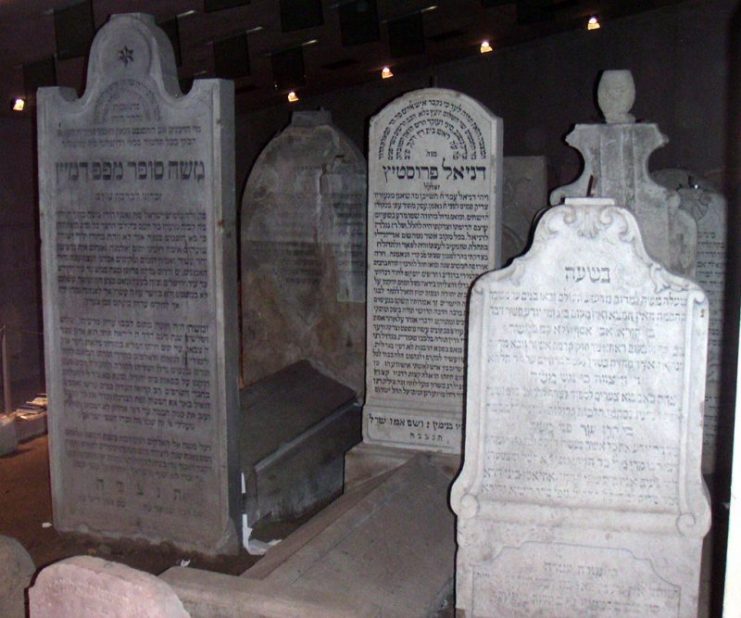
Photo by Smerus CC BY SA 3.0
Tiso fled to Germany in April 1945 when it became clear that Soviet forces would take Slovakia. He decided that he would rather be captured by the Americans.
However, he was extradited back to Czechoslovakia after the war, where he was convicted of treason against the state, treason against the Uprising, and being a collaborationist. In 1947 he was brought to Bratislava, Slovakia’s capital, and hung.
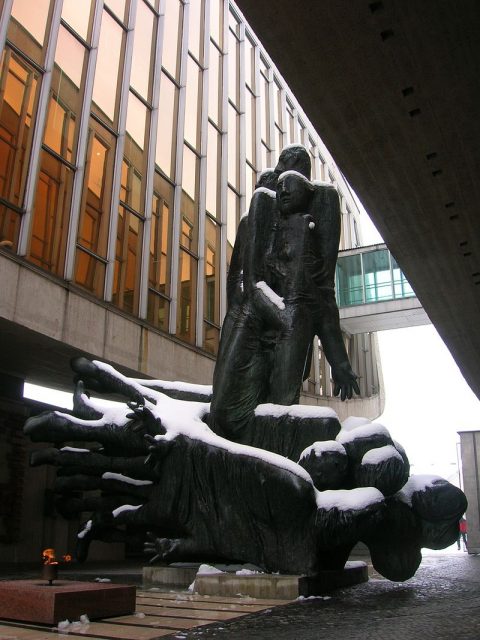
Photo by Anna Regelsberger – CC BY-SA 3.0
Although the Slovak Uprising is often overlooked, it was one of many factors that helped the Allies win the war. One reason the Slovak Uprising is overlooked is that during the Cold War it was difficult for Western historians to find accurate sources, as Soviet historiography was inaccurate and significantly inflated Communists’ role in the uprising.
Read another story from us: Slovak National Uprising
Ironically, it turned out that Joseph Stalin actually limited Allied aid to the Slovak Uprising, and told Soviet sympathizers not to take part in it, because he feared the rebels would not be loyal to the Soviet Union. When the Red Army did finally arrive, it ensured loyalty through force.
Today, the Slovak Uprising is remembered as one example among many of everyday people doing what they could to resist German occupation.
